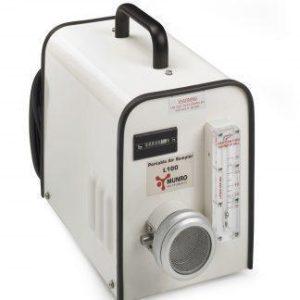Industrial processes often release various pollutants into the atmosphere, posing risks to both human health and the environment. To effectively monitor and control air quality, industries rely on sophisticated tools known as industrial air samplers. In this article, we’ll explore the applications, benefits, and challenges associated with industrial air samplers.
What is Industrial Air Samplers
Industrial air samplers are instruments designed to collect and analyze air samples from specific environments. They help identify and quantify various pollutants, including particulate matter, gases, and volatile organic compounds (VOCs). These samplers are widely used across different industries, including manufacturing, pharmaceuticals, petrochemicals, and food processing.
Applications of Industrial Air Samplers
Industrial air samplers find applications across various sectors:
Environmental Monitoring
Industrial air samplers are essential for monitoring air quality in urban areas, industrial zones, and near pollutant sources. They help assess the impact of industrial activities on the environment and support efforts to mitigate pollution.
Workplace Safety
In occupational settings where workers may be exposed to airborne hazards, they are important in ensuring workplace safety. They help identify and quantify harmful substances, allowing employers to implement effective control measures.
Quality Control in Manufacturing
In industries such as pharmaceuticals and electronics manufacturing, maintaining clean air environments is critical to product quality. Industrial air samplers help monitor contamination levels and ensure compliance with regulatory standards.
Pharmaceutical Industry
In pharmaceutical manufacturing facilities, air quality is crucial to prevent contamination of drugs and ensure product safety. they are used to monitor cleanrooms and controlled environments to maintain sterile conditions.
Food Industry
In food processing plants, air quality can affect product integrity and shelf life. they help detect microbial contaminants and airborne pathogens, ensuring food safety and regulatory compliance.







